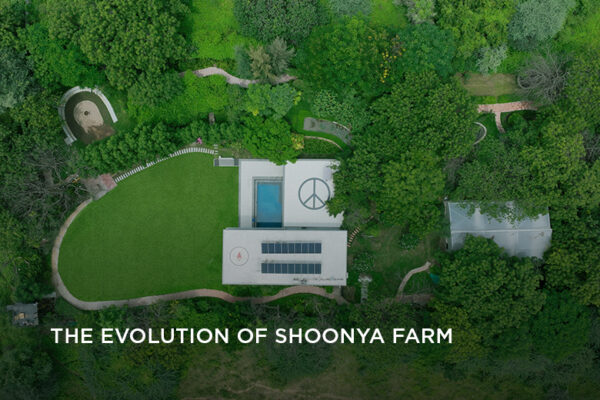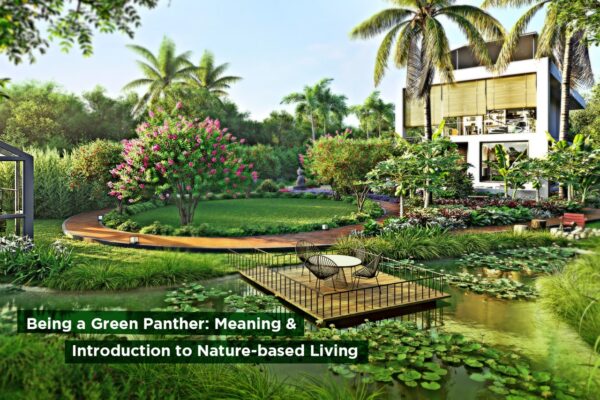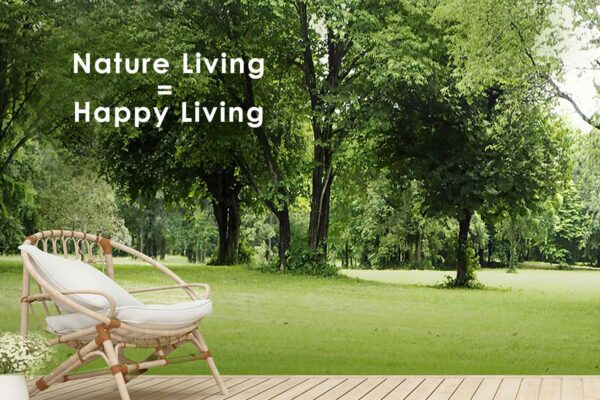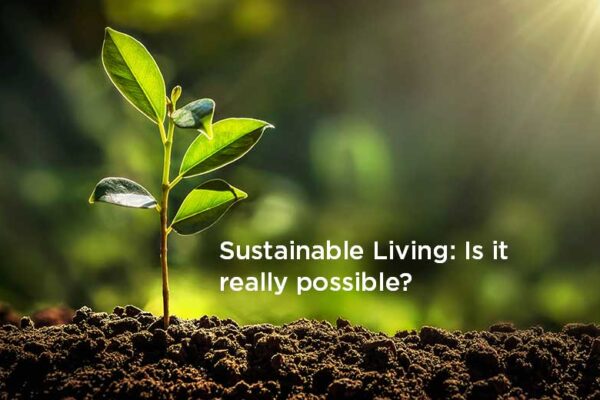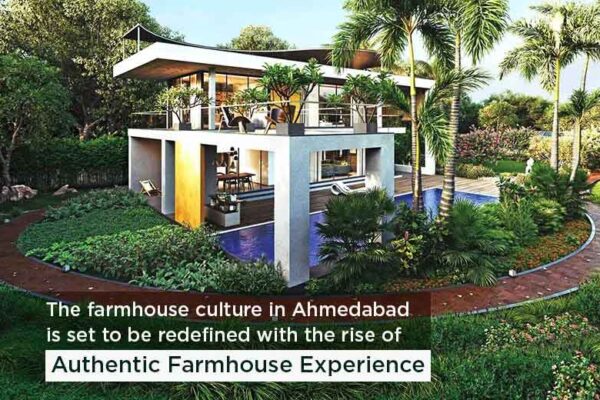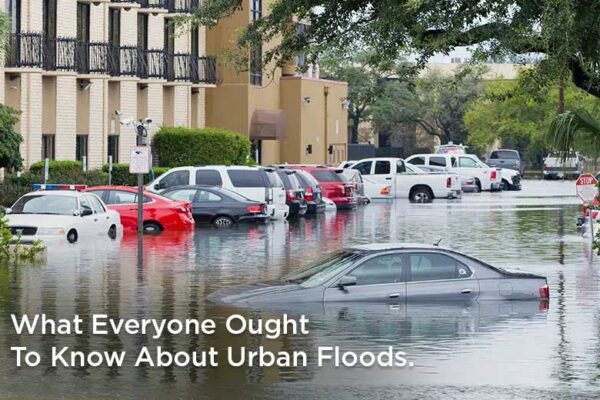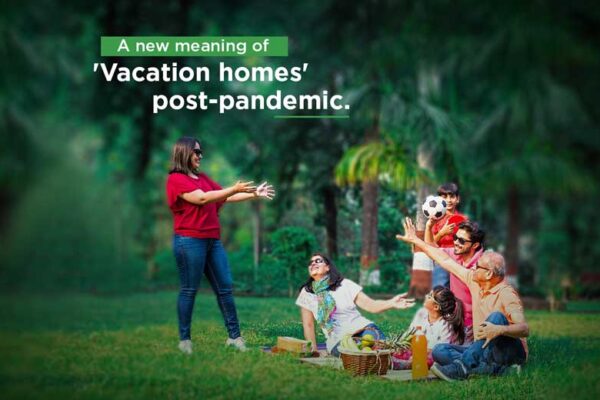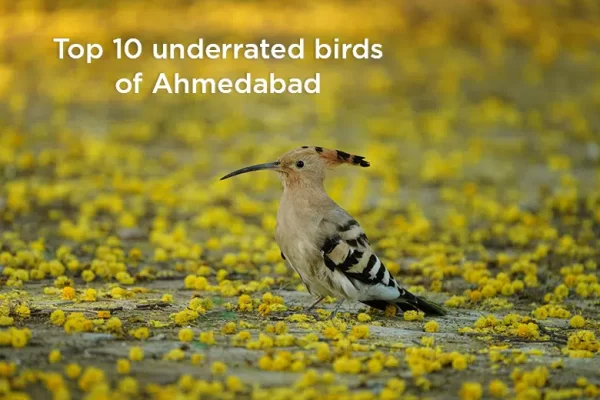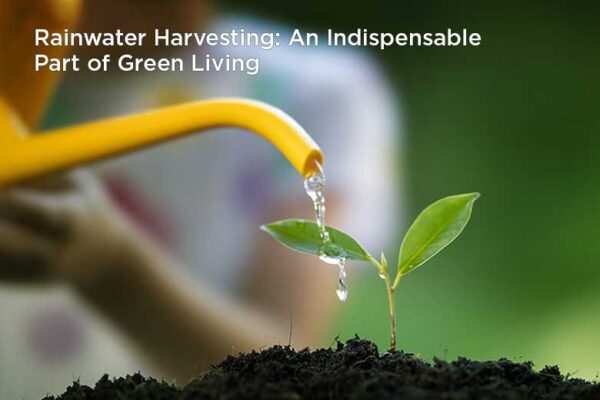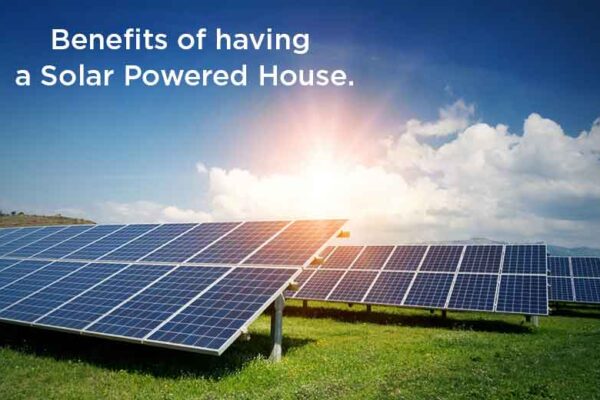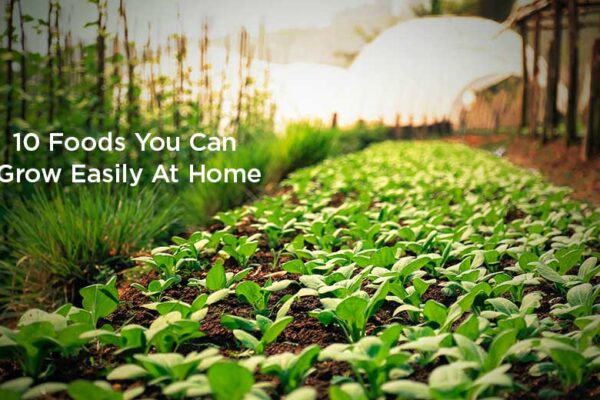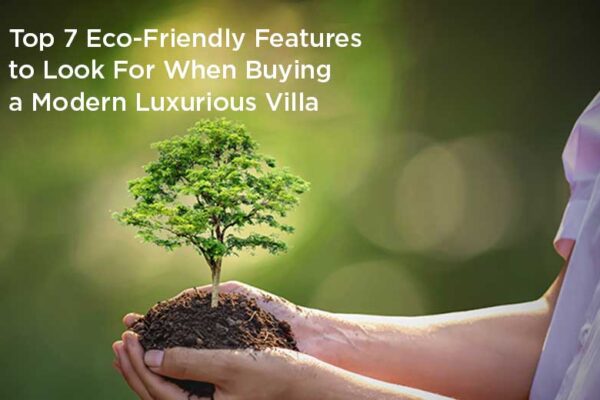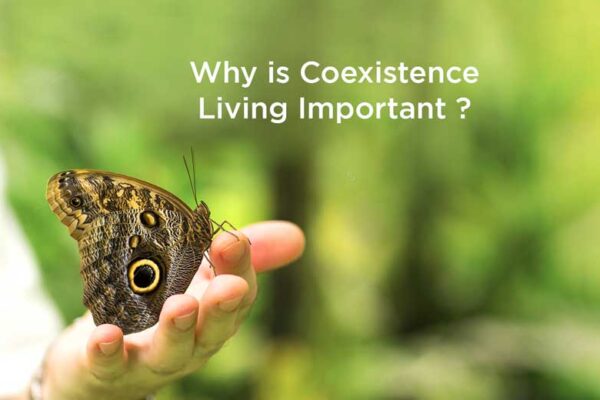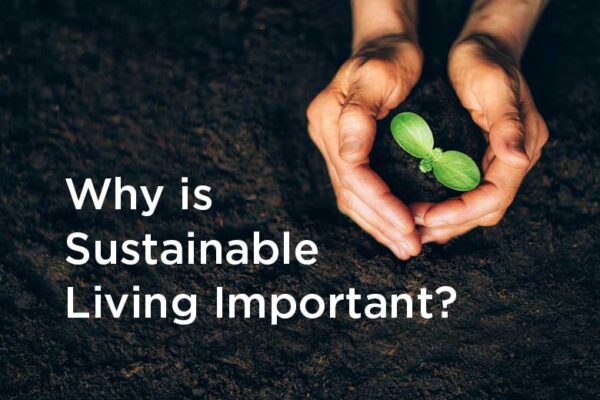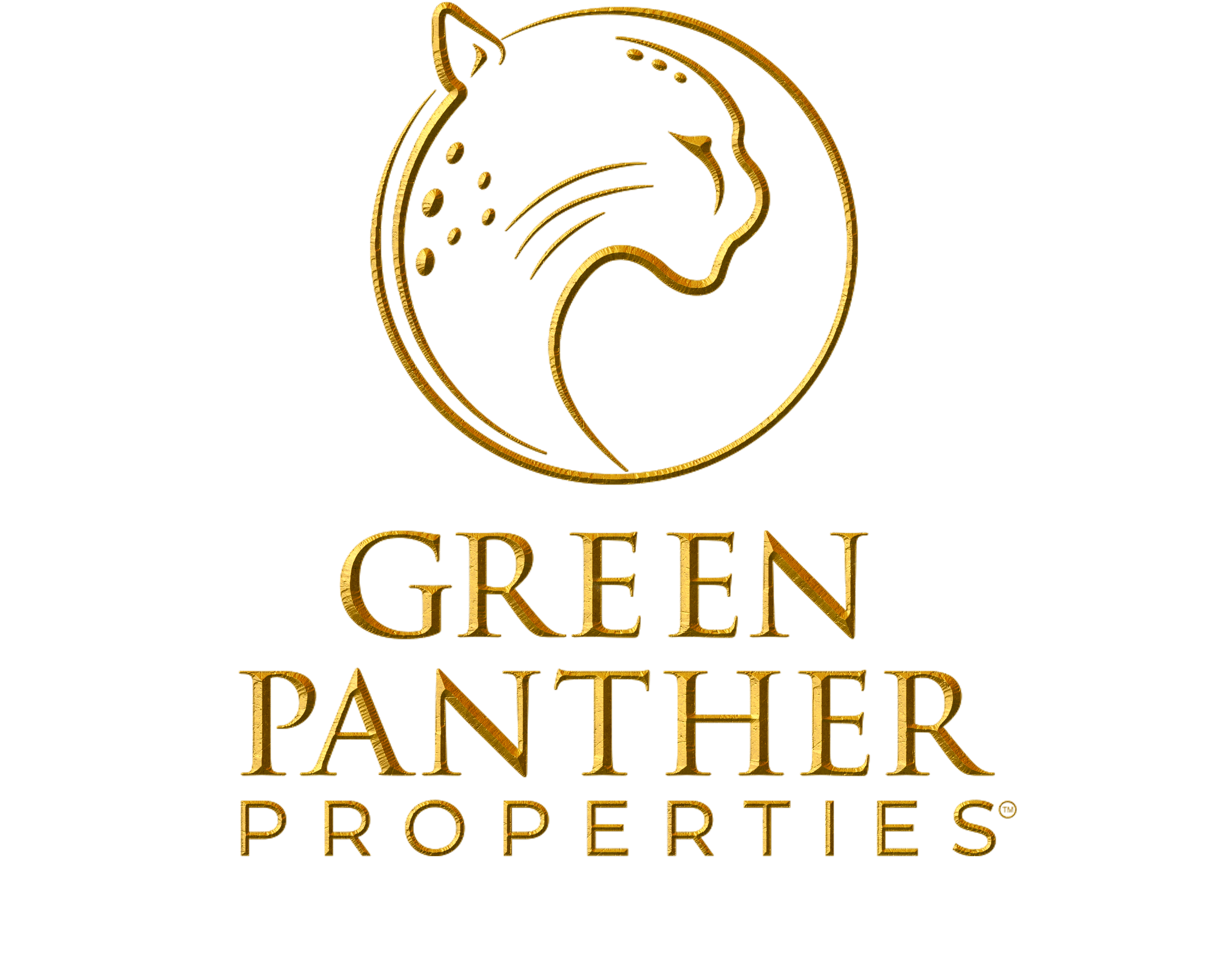Water Problems in Urban Life – How sustainable development can make a difference?
As urban life evolves, Sustainable Drainage Systems (SuDS) become a crucial component of sustainable development to combat the rising water crisis.
India’s growing population and its subsequent migration to the urban landscape have made one particular resource very scarce – Water. As it stands, 50% of the current urban residents solely rely on groundwater reserves for their routine needs. And its depletion is still one of the most critical threats to life as we know it.
On the other hand, modern drainage systems cause natural rainwater to recklessly flow into the combined sewer networks. While efficient, this practice mixes relatively clean surface water with wastewater, amplifying the need for sustainable development.
Fortunately, there’s a sustainable approach to water conservation and management called Sustainable Drainage Systems (SuDS).
What are Sustainable Drainage Systems (SuDS)?
Sustainable Drainage Systems (also known as SuDS) refer to alternative water management techniques and strategies to control natural surface water run-off. These drainage systems are inevitable for sustainable development as they aim to capture, hold off, use, or absorb rainwater by mimicking natural systems.
Urban development expanded the use and surface area of impermeable materials. Concrete roads and pavements replaced the naturally permeable soil and grass surfaces. When rainwater hits the impermeable ground, it flows directly into the piped drainage network instead of getting absorbed. But the artificial drainage systems eventually run out of capacity, mixing surface water with wastewater and causing urban floods.
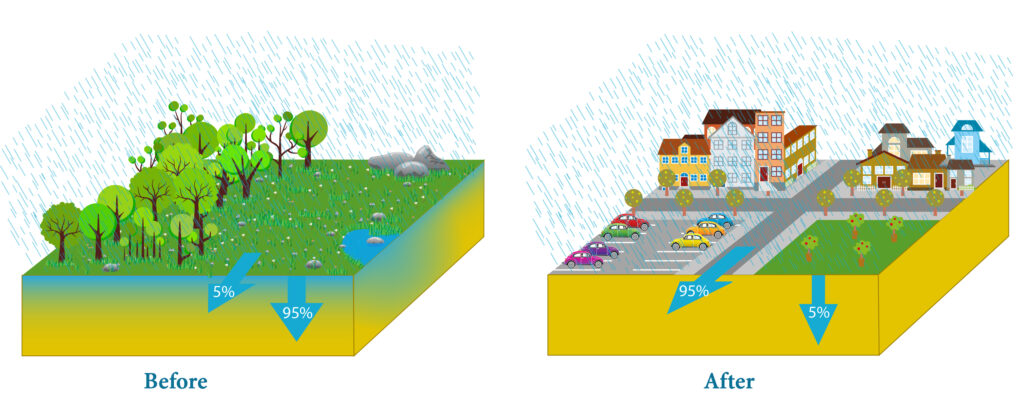
Image courtesy: http://www.hidrologiasostenible.com/
SuDS resolve these problems by not only storing but also treating the surface water before it is released back into the natural watercourses.
So, how do SuDS translate to Sustainable Development?
Natural environments have been managing rainwater efficiently for generations. Soil and bedrock help maintain river levels via high rates of infiltration. Similarly, vegetation controls surface water levels via high rates of interception and evaporation.
SuDS facilitate sustainable development by following these exact rules of rainwater management. These natural drainage systems use soil and vegetation for water management, benefitting humans and nature.
To clarify, traditional drainage systems treat surface water as a nuisance. They are designed only to manage water logging and flood risks from excessive rainfall. Whereas SuDS address it as a valuable resource to recharge groundwater reserves and elicit other benefits.
But what really makes them a key factor for sustainable development is that they offer a multifaceted solution to the rising water crisis. Unlike traditional systems, these natural alternatives don’t just deal with the quantity of water in an area. SuDS also purify the surface water and provide ways in which it can further enhance the surrounding ecosystem and biodiversity.
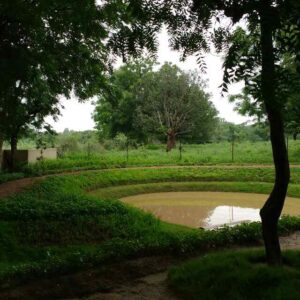
Retention Pond at Shoonya Farm – the inspiration for Green Panther Properties
As such, SuDS stand on these 4 pillars that enable sustainable development:
(A) Water Quantity – Controlling the volume of surface water runoff to manage flood risks and preserve the natural water cycle.
(B) Water Quality – Managing the quality of the runoff to prevent pollution.
(C) Amenity – Creating and sustaining better places for people.
(D) Biodiversity – Creating and sustaining better places for nature.
In this way, they address the bigger picture of climate change and rapid urbanization and offer a long-term solution for sustainable living.
How do SuDS make a difference?
In addition to alleviating the short-term risk of waterlogging, SuDS contribute to sustainable developments that save the environment in the long run. Their advantages go well beyond a particular development area to benefit society as a whole.
- As the vegetation keeps pollutants in check, the collected rainwater is automatically purified and can be used for other purposes.
- Soil is a permeable surface, that allows for the easy absorption of surface water, thereby recharging the groundwater reserves.
- SuDS can also double as new aquatic habitats for wildlife.
- As SuDS increase the overall ratio of vegetation and natural water, they can create Green Spaces for us to enjoy recreationally and otherwise.
Sustainable Development at GPP ONE
At GPP ONE, we’re building a sustainable community where life can thrive comfortably and yet be conscious of its surrounding environment. These eco-nature living villas near Ahmedabad have incorporated SuDS right from the development stages.
By combining solar energy with various kinds of source control and site control SuDS, GPP ONE ensures a healthy life for people and the planet.



